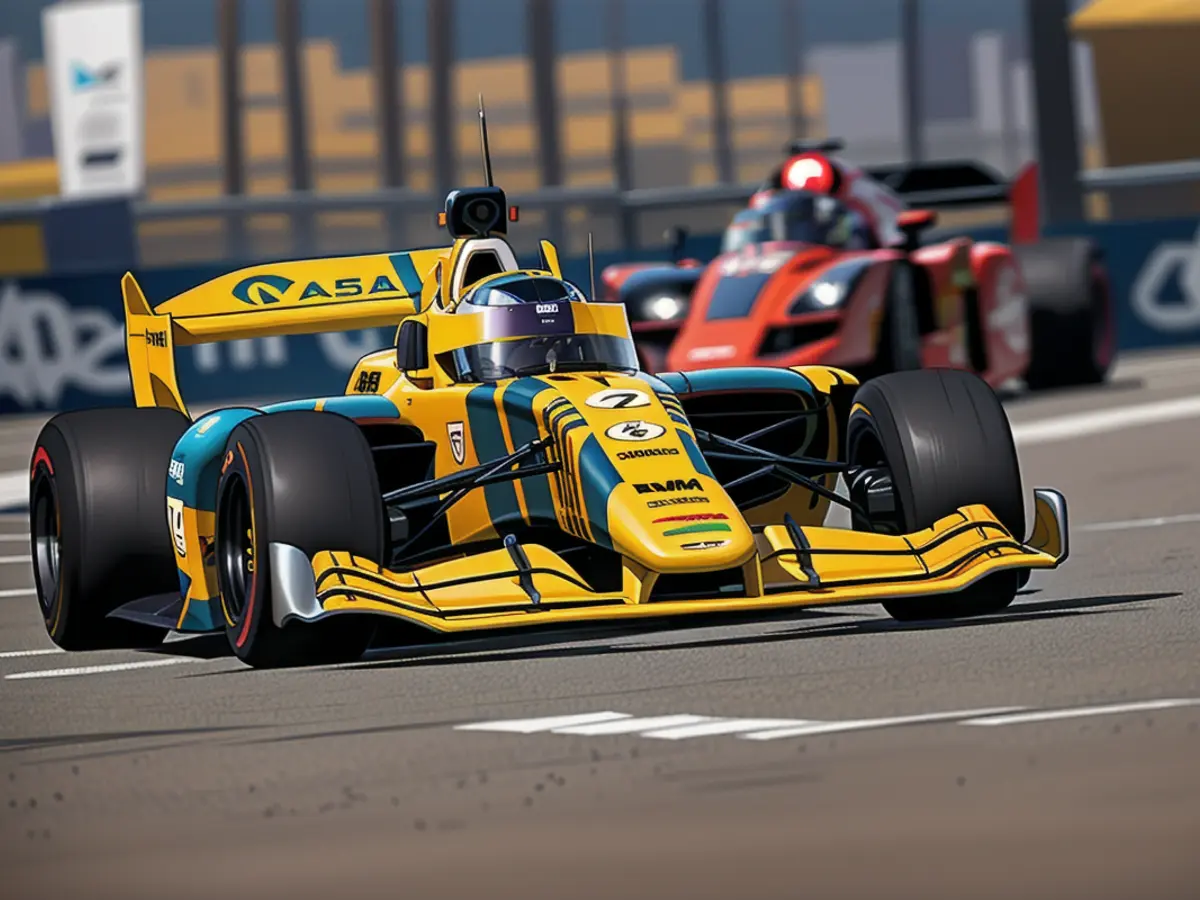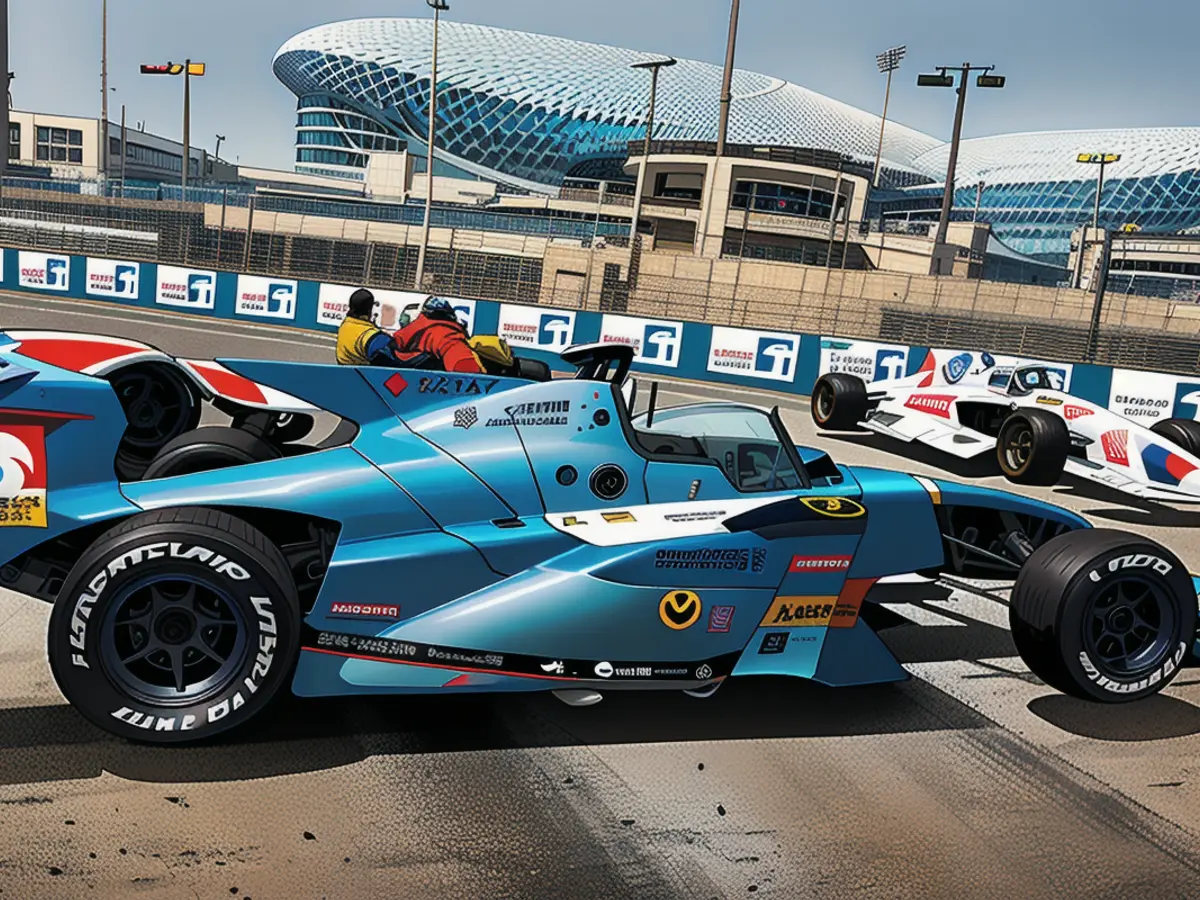The development of driverless cars in racing is advancing autonomous technology.
In recent years, there has been a lot of hype surrounding autonomous vehicles, with many people expecting fully driverless cars to be a reality in the near future. However, according to a 2023 analysis by S&P Global Mobility, widespread implementation of this technology won't happen until at least the next decade.
Nevertheless, Lakmal Seneviratne, the founder of the Khalifa University Center for Autonomous Robotic Systems (KUCARS) in Abu Dhabi, is optimistic about the future of autonomous mobility. With his extensive experience in robotics since the 1980s, he has witnessed the rapid advancement of this technology. At KUCARS, researchers are working on a variety of projects, including autonomous cars, drones, and robots for marine, agricultural, and manufacturing industries.
Recently, Khalifa University participated in the first-ever Abu Dhabi Autonomous Racing League (A2RL) event, where teams from around the world competed in challenges involving driverless cars. Although they didn't make it to the final race, their car crashed a few days before the event, and couldn't be repaired in time.
The four teams that did compete faced their own challenges. Technical University of Munich's (TUM) car stalled on the track, before getting going again. Team Polimove's vehicle spun after locking its tires, and another car also stopped, leaving only TUM in the lead. Eventually, three of the cars were able to get moving again, but the leader's car stopped as well, allowing TUM to win the race.

Despite this, Seneviratne was not too surprised by the difficulties. He noted that real-world robotics is extremely difficult, and that A2RL pushed the community to develop their technology. "Real world robotics is very, very hard," he said.
The A2RL event included a challenge with four driverless cars on the track at once, which was a first for such events. TUM's team principal, Simon Hoffman, explained that previous autonomous races only had two cars, and all multiple-car races took place on oval tracks. However, Yas Marina Circuit, where the race was held, features sharp turns, chicanes, and hairpins. The track is technically a permanent fixture, but it has street-racing elements built into it as well.
"I think it's more challenging to do it on road courses because you have sharper turns, need to brake into turns, you see higher delta speeds between cars, which makes it more difficult," Hoffman added.

Autonomous vehicles have faced setbacks in their efforts to become commonplace on public roads, particularly due to collisions with unexpected obstacles. For example, in 2018, a self-driving Uber SUV hit and killed a pedestrian outside of a crosswalk. Overcoming these "edge cases," which test the limits of the technology, is crucial before driverless cars can be widely adopted.
Some believe that events like the A2RL will be beneficial in this regard, as they provide a space for the technology to be pushed to the limit and potentially lead to more robust and reliable software for autonomous driving. As Seneviratne put it, "If we can develop robust software that ... works in these conditions here, with very high speeds with other cars ... we can make the software for autonomous driving more robust and more reliable, and in the end safer for everyone."

Read also:
- This will change in December
- Dikes withstand water masses so far - Scholz holds out the prospect of help
- Fireworks and parties ring in 2024 - turn of the year overshadowed by conflicts
- Attacks on ships in the Red Sea: shipping companies avoid important trade route
The advancement in autonomous technology through driverless car racing is attracting global interest, as it can potentially impact the entire world. According to a 2033 report by Global analysis firm, the global market for autonomous vehicles is expected to reach $1 trillion by 2040.
Despite the challenges faced in the Abu Dhabi Autonomous Racing League, Lakmal Seneviratne remains hopeful, believing that events like these are crucial for the development of more robust and reliable autonomous driving software, which can ultimately make our roads safer for everyone worldwide.
Source: edition.cnn.com








